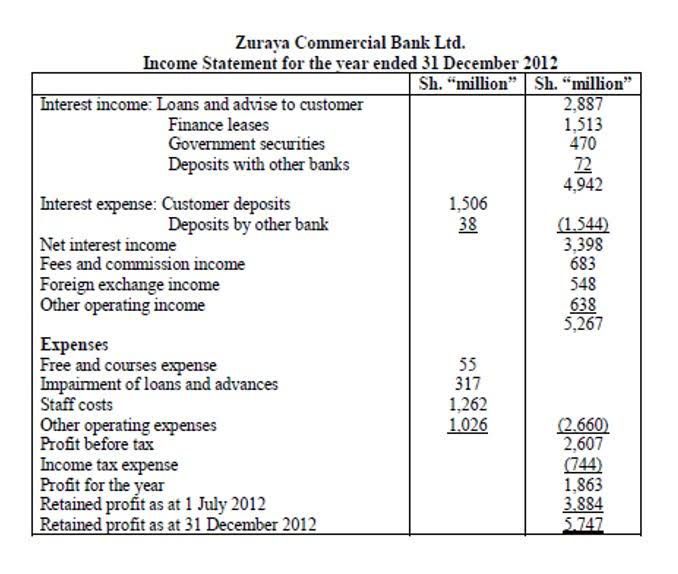Debt Ratio: Interpreting, Calculating, and Optimizing Financial Health

For example, the United States Department of Agriculture keeps a close eye on how the relationship between farmland assets, debt, and equity change over time. To find a business’s debt ratio, divide the total debts of the business by the total assets of the business. By examining a company’s debt ratio, analysts and investors can gauge its financial risk relative to peers or industry averages. Conversely, technology startups might have lower capital needs and, subsequently, lower debt ratios. Comparing a company’s debt ratio with industry benchmarks is crucial to assess its relative financial health.

Capital-intensive businesses, such as utilities and pipelines tend to have much higher debt ratios than others like the technology sector. It is a measurement of how much of a company’s assets are financed by debt; in other words, its financial leverage. The debt ratio focuses exclusively on the relationship between total debt and total assets. However, companies might have other significant non-debt liabilities, such as pension obligations or lease commitments. For example, imagine an industry where the debt ratio average is 25%—if a business in that industry carries 50%, it might be too high, but it depends on many factors that must be considered.
Formula to Calculate Debt Ratio
You can access the balance sheets of publicly traded companies on websites like Yahoo Finance or Nasdaq. In the consumer lending and mortgage business, two common debt ratios used to assess a borrower’s ability to repay a loan or mortgage are the gross debt service ratio and the total debt service ratio. Last, the debt ratio is a constant indicator of a company’s financial standing at a certain moment in time. Acquisitions, sales, or changes in asset prices are just a few of the variables that might quickly affect the debt ratio. As a result, drawing conclusions purely based on historical debt ratios without taking into account future predictions may mislead analysts. What is considered to be an acceptable debt ratio by investors may depend on the industry of the company in which they are investing.
If a company can generate a good rate of return from the borrowed funds, a higher debt ratio can actually be a sign of aggressive growth strategy. Investors may view it as an aggressive use of leverage to increase the potential rate of return for equity shareholders. Conversely, a company with a low ratio a debt ratio of 0.5 indicates of debt to assets potentially has more financial flexibility. Such companies may have higher available income as they don’t have to meet substantial debt obligations. A single snapshot of a business’s debt ratio might not provide a complete picture, so lenders often track these ratios over time.
Factors Influencing an Optimal Debt Ratio
At the same time, leverage is an important tool that companies use to grow, and many businesses find sustainable uses for debt. It’s great to compare debt ratios across companies; however, capital intensity and debt needs vary widely across sectors. The financial health of a firm may not be accurately represented by comparing debt ratios across industries. Bear in mind how certain industries may necessitate higher debt ratios due to the initial investment needed. As noted above, a company’s debt ratio is a measure of the extent of its financial leverage.

They are potentially attractive to conservative investors who prioritize capital preservation over high returns. The debt ratio indicates the percentage of the total asset amounts (as reported on the balance sheet) that is owed to creditors. Let’s walk through a couple of examples of how to calculate a debt ratio using data from Heineken’s and Campari Group’s 2018 filings. Since both are European companies, the data on their balance sheets is measured in Euros. Some sectors, like utilities and real estate, often have higher ratios because businesses in these areas typically need substantial financing. Comparatively, technology companies may operate with lower ratios due to less reliance on borrowed funds.
How Can a Company Improve Its Debt Ratio?
All of our content is based on objective analysis, and the opinions are our own.
- The ratio is used to measure how leveraged the company is, as higher ratios indicate more debt is used as opposed to equity capital.
- This growth in total assets was due to increases in grain prices, which led to higher ending inventory values.
- When calculated over several years, this leverage ratio can show a company’s use of leverage as a function of time.
- It is used to evaluate a company’s financial leverage and its ability to meet its debt obligations.
It is a leverage ratio that defines how much debt a company carries compared to the value of the assets it owns. To use the debt ratio as a sustainability metric, think of it as a measure of a company’s long-term fiscal responsibility. This takes into account both internal operations and the external economic climate. It provides insights into the proportion of a company’s financing derived from debt compared to assets. However, all leverage ratios measure how much a company relies on borrowed funds versus its own funds on some level. These numbers can be found on a company’s balance sheet in its financial statements.


